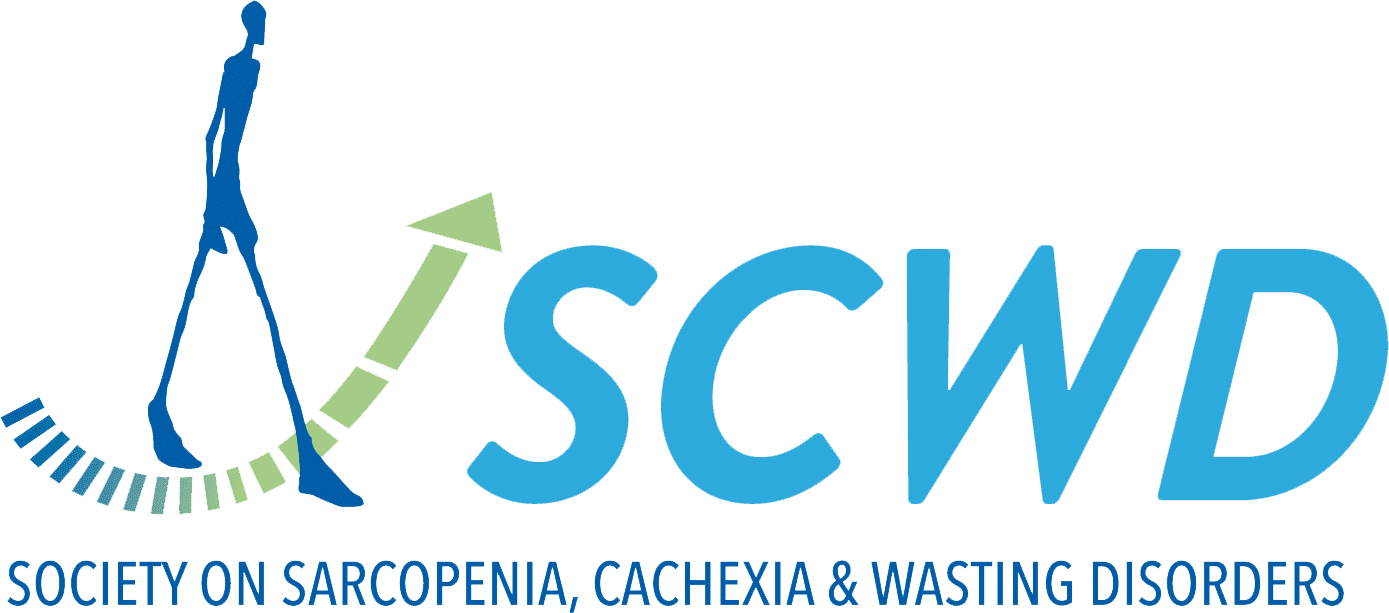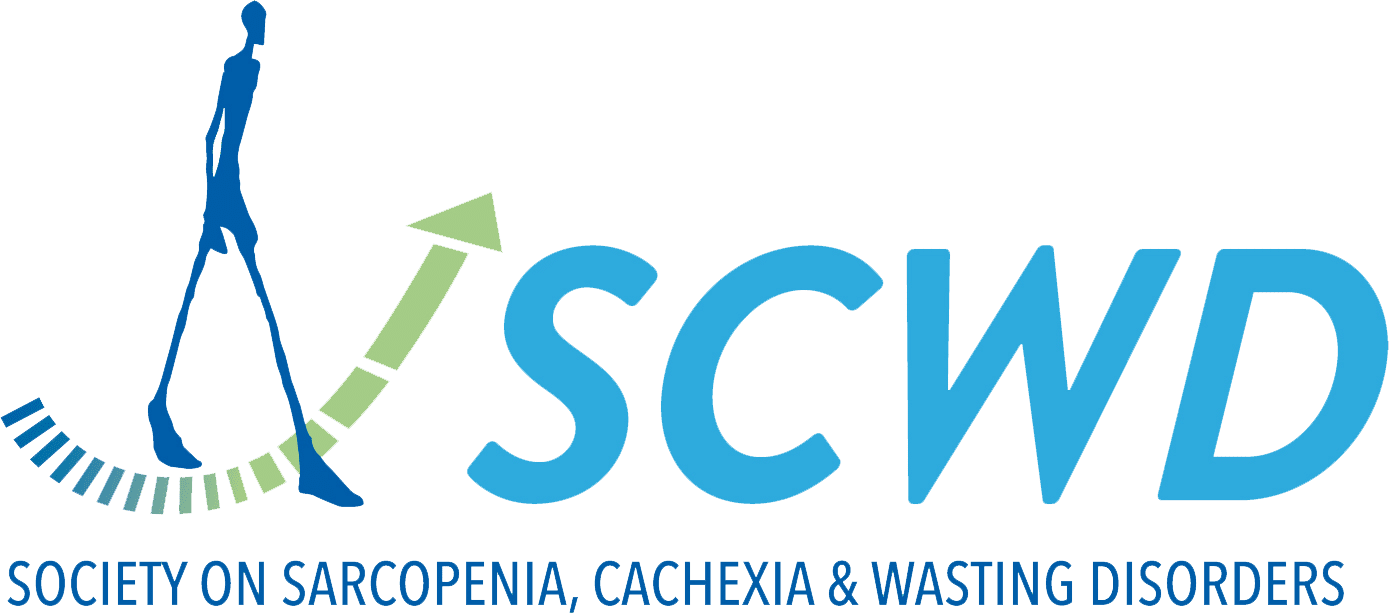Paradoxical Effect of Myosteatosis on the Immune Checkpoint Inhibitor Response in Metastatic Renal Cell Carcinoma.
Treatment for metastatic renal cell carcinoma (mRCC) has shifted from tyrosine kinase inhibitor (TKI) therapy to immune checkpoint inhibitor (ICI)-based therapy, improving outcomes but with variable individual responses. This study investigated the prognostic implications of pretreatment low skeletal muscle mass...


